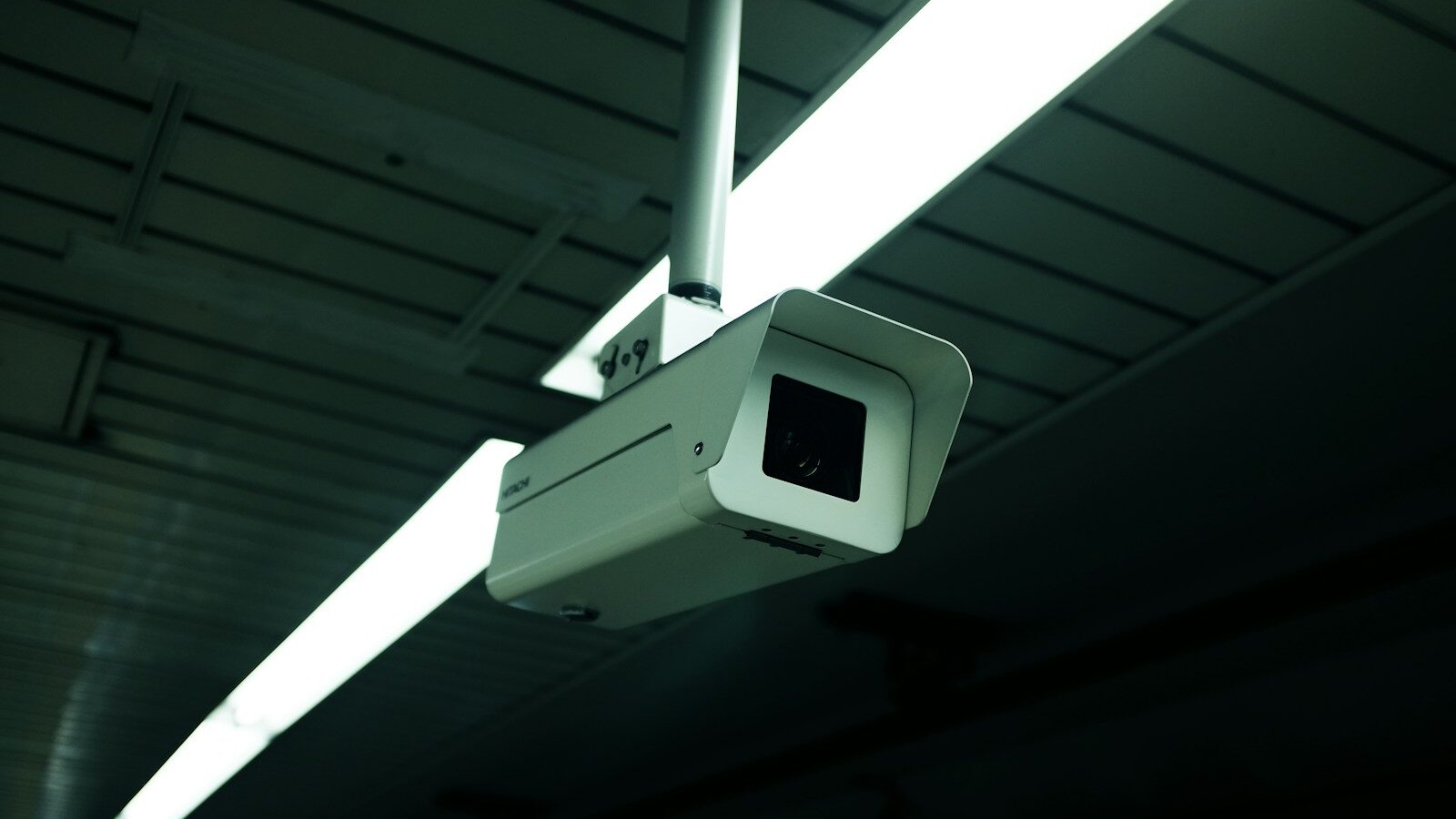Anything that promises to improve employee engagement, productivity and profitability in an organisation will naturally grab the attention of HR and business leaders.
That’s why we so often hear that wearable technology – electronic devices that can be worn on the body – is the latest must-have addition to an organisation’s HR technology toolkit.
A quick look at some of the stats and it’s not hard to see why the push towards wearables in HR is gathering force. The use of wearables in the US jumped by nearly 58% in 2015, with nearly 40 million adults using them, according to an eMarketer survey.
‘The Human Cloud at Work’ report from Rackspace and the University of London found that wearable technology at work was responsible for an 8.5% increase in workplace productivity and 3.5% increase in job satisfaction.
So they’re already hugely popular and have been shown to deliver tangible benefits in the workplace, no wonder they’re fast becoming a popular HR trend. ABI Research has predicted that by 2018 we’ll see 18 million wearable devices being used as part of corporate wellness plans.
The many uses of wearable tech
Warehouse employees working for Amazon use wearable GPS tags and handheld scanners that help them find the quickest routes to navigate the mammoth warehouse floors, helping to save time and increase efficiency when processing orders.
In the UK, Tesco employees use armbands that track goods being transported throughout warehouses and stores, some of which are up to 90 aisles long. This reduces the need for manual data entry and helps managers predict completion times, track fulfilment, and other key tasks.
Other primary uses of wearables include improving workplace security, employee time management and real-time communication, according to the ‘Putting Wearables to Work’ study from Salesforce. But the most widespread use of wearable technology is in employee wellness programs. Organisations are trying to capitalise on the often significant cost savings that can be achieved by encouraging a healthy workforce.
Fitbits and other exercise trackers are increasingly being used to play a central role in that. New employees at social media start-up Buffer receive a fitness tracker as part of their welcome pack, which helps to promote fitness and healthy sleep at work.
“We can all see each other’s sleep [activity] and then have conversations,” said Paul Gascoigne, the company’s CEO. Some companies are even using the fitness data they gain from employees using these devices to drive down their insurance costs.
What’s the catch?
This all sounds fantastic, so why aren’t we seeing an explosion in the popularity of wearables in the workplace, surely it’s a no-brainer from an HR perspective?
A Gartner report titled How Wearables Can Improve Human Capital Management outlines 9 potential uses for wearable technologies, including delivering training materials, managing performance, managing productivity, and others.
Yet, the report notes that for a number of the use cases there are currently no wearables available on the market or being used in organisations. Wearables haven’t yet become as dominant as you might expect.
Issues around data security and employee privacy are two of the main inhibitors implementing wearables in the workplace. Employees don’t want to feel like they’re being monitored too closely and poor implementation of a wearables programme risks alienating employees, engendering bad sentiment and lowering levels of employee engagement.
There’s also the question of using data: what data should you be gathering, how should you gather it and what should you do with? This area, it would seem is a major stumbling block. Salesforce’s ‘Putting Wearables to Work’ study found that only 8% of companies using wearable technology are ready to gain actionable insights from the data generated.
Just another fad?
This begs the question: Do wearable technologies deliver real benefit to organisations or are we in the middle of the latest HR fad?
Well, the overwhelming popularity of wearables outside the workplace, combined with the clear and tangible benefits they have already delivered in many organisations, are enough to suggest that we’re not dealing with another fad. Wearables have the potential to play a key role in the HR and workplace landscape of the future, if we’re able to harness their capabilities correctly.
Just how central that role will be and the scale of the benefits they can offer will depend on HR’s ability to implement them in an effective and well considered manner as well as figure out how to best exploit the data they capture. When considering how best to use wearable technologies, organisations should:
- Have a clear picture of exactly what they hope to achieve from the use of wearable technologies as well as how it can benefit their employees.
- Ensure they have a clear and comprehensive policy on the use of these technologies that takes into account issues such as data security and employee privacy.
- Clearly communicate to employees how the devices will be used so as to reduce the risk of bad sentiment or alienation.
- Consider the ‘digital ethics’ involved when collecting potentially sensitive data on employees and ensure this feeds into the wearables policy.
- Roll out the technologies in a phased manner – perhaps beginning by seeking out volunteers – to help manage employee resistance and other potentially unforeseen problems.






